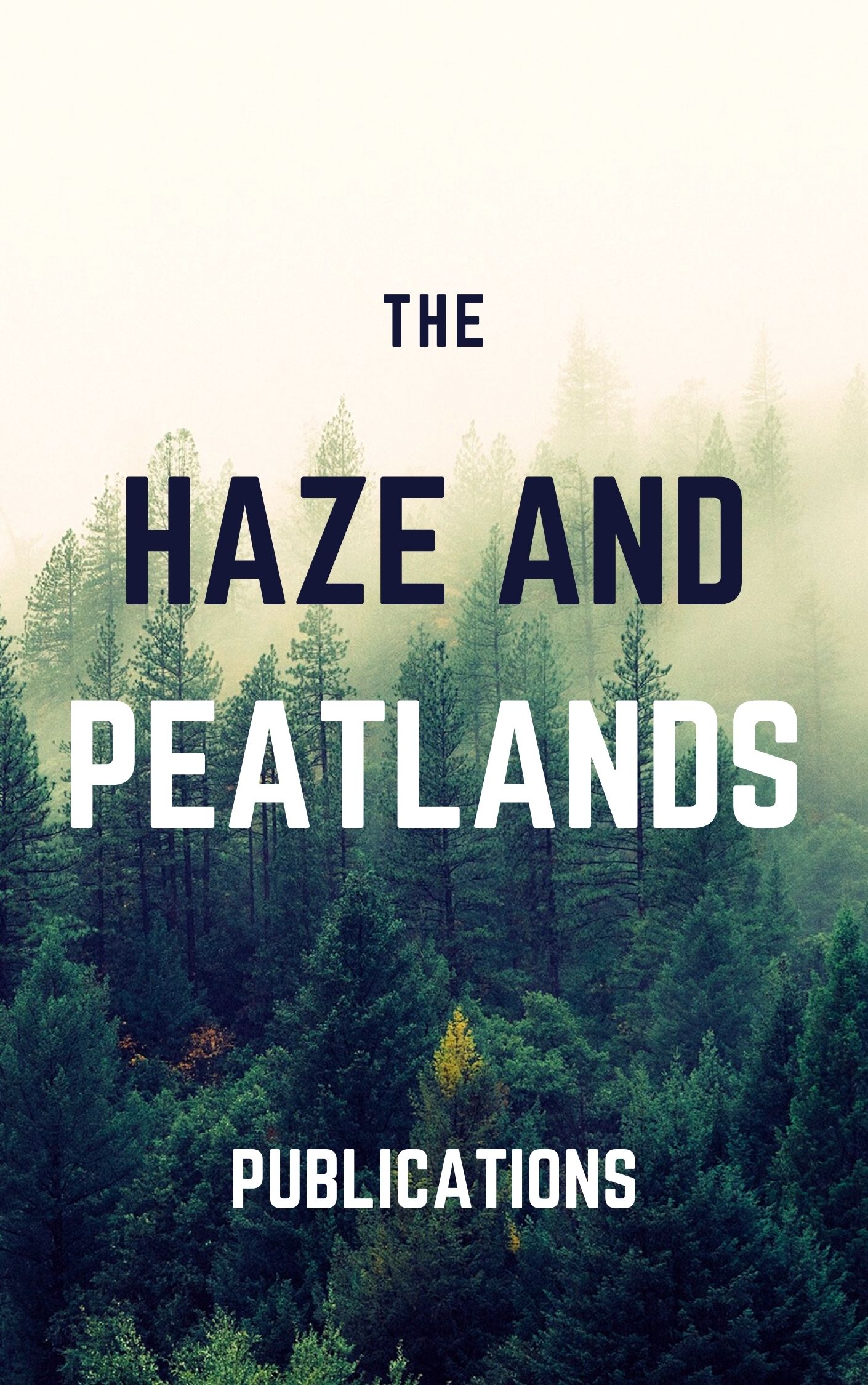The extreme weather events that the world is experiencing are consistent with the effects of anthropogenic climate change. The western North Pacific is the area of the world with the most intense tropical cyclones. Increased sea surface temperatures directly contribute to the wind speed of storms. The 2013 Typhoon Yolanda/Haiyan was the strongest tropical cyclone in recorded history to make landfall-causing more than 6000 deaths in the Philippines, mostly from storm surge. This event represents a climate injustice. On one hand, disaster prevention and preparedness were inadequate for impoverished populations in the Philippines who lived in poorly constructed housing. While the international community assisted with the response, recovery was hampered by inadequate and inequitable investment. On the other hand, climate change has been driven by the carbon emissions of industrialized states. Those who call for climate justice argue for more robust measures to control carbon emissions responsible for climate change and worsening global health security. As global citizens and as health professionals, we examine the implications for all of us as moral actors.
View source

